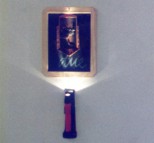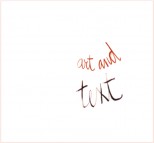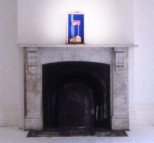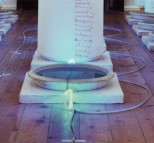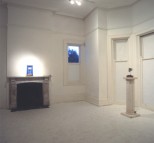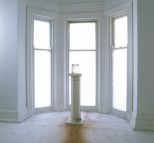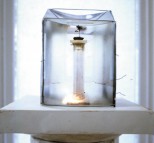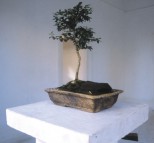'Installation'91', Linden Gallery, Melbourne, 1991.
Installation view of front room Photograph Gary Sommerfeld.
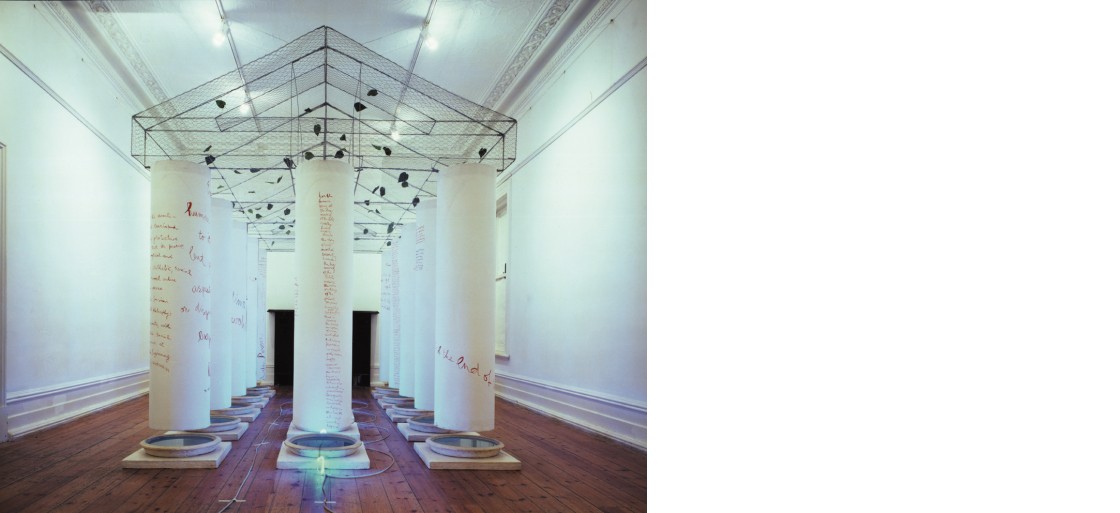
'Installation'91', Linden Gallery, Melbourne, 1991.
Installation view of front room Photograph Gary Sommerfeld.
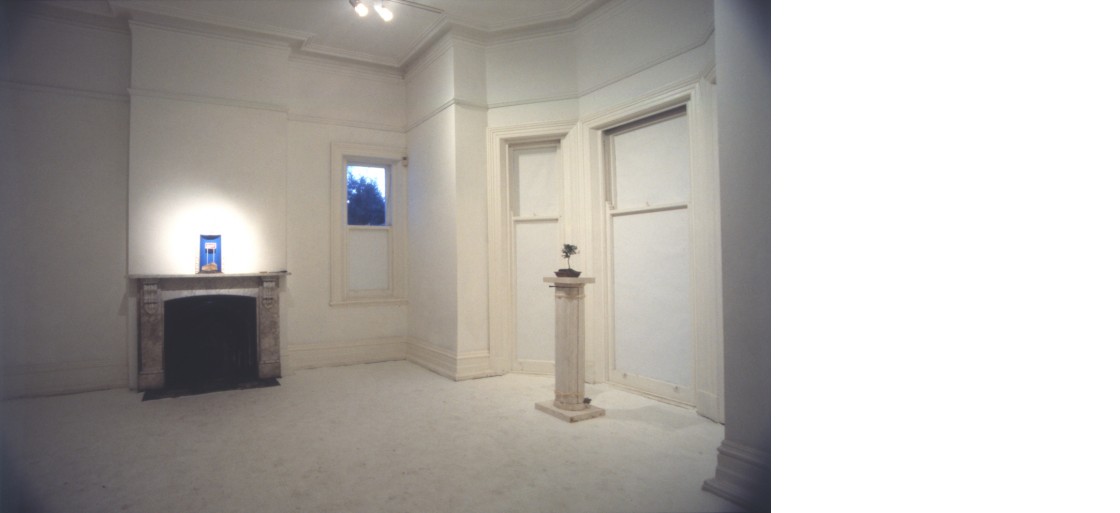
'Installation'91', Linden Gallery, Melbourne, 1991.
Installation view of back room Photograph artist.
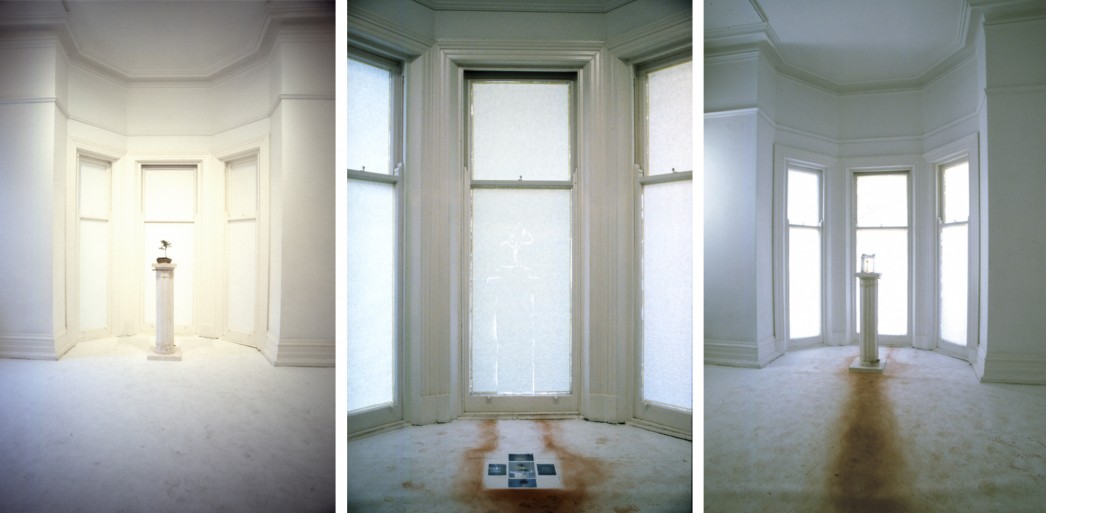
'Installation'91', Linden Gallery, Melbourne, 1991.
Detail of evolution of the back room: Bay Window. Photograph artist.
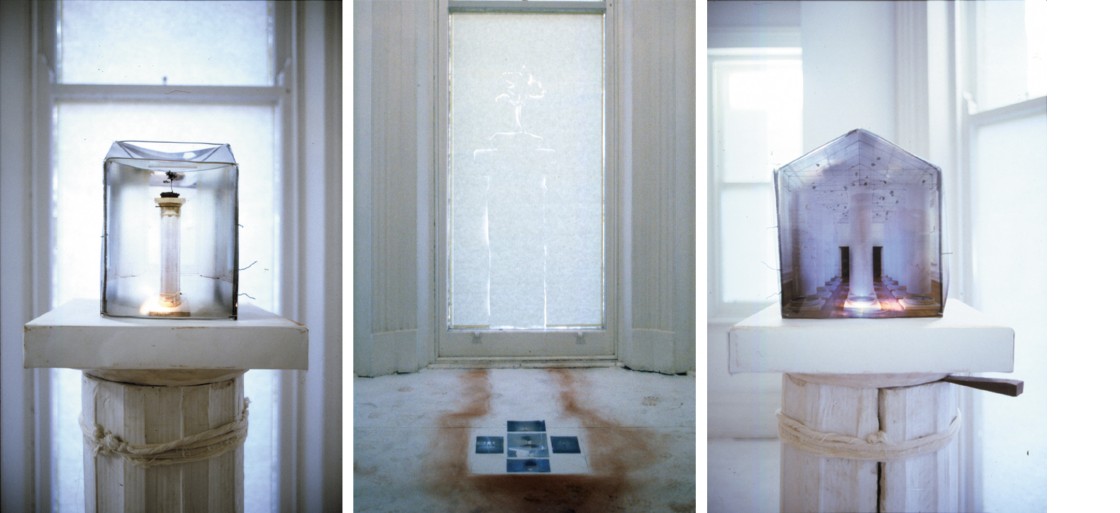
Installation'91', Linden Gallery, Melbourne, 1991.
Detail of evolution of the back room: Bay Window. Photograph artist.
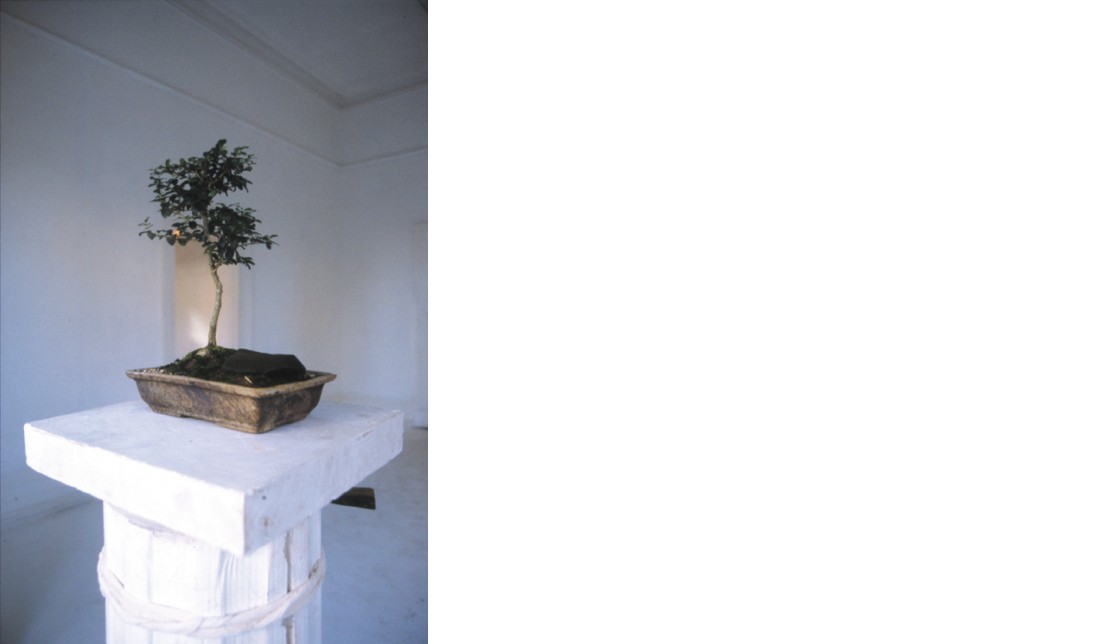
Installation'91', Linden Gallery, Melbourne, 1991.
Detail of evolution of the back room: Bonsai. Photograph artist.
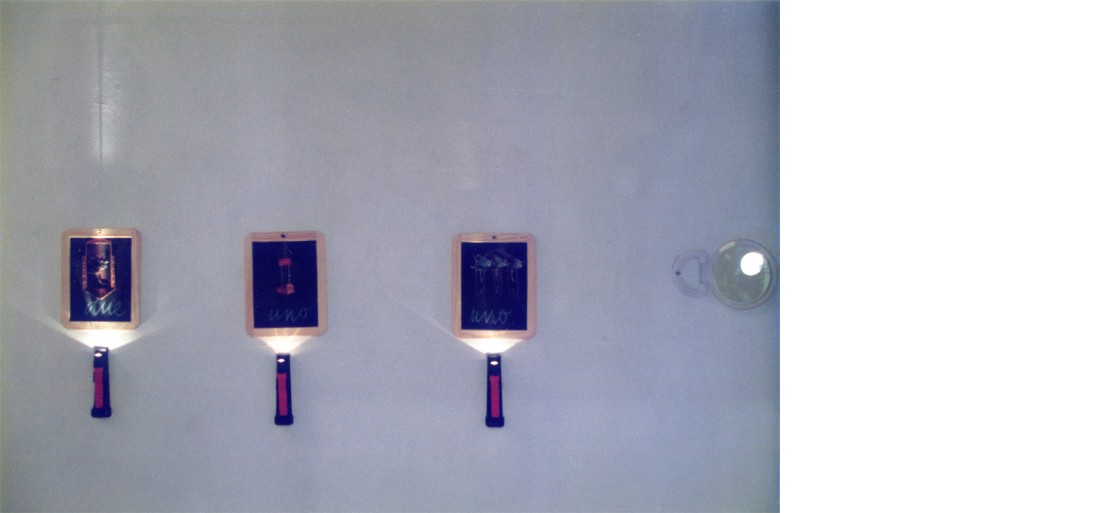
Installation'91', Linden Gallery, Melbourne, 1991.
Detail of evolution of the passage between the front and the back room. Photograph artist.
Installation'91 1991
'Installation'91' continues to utilise fencing materials (wire and wire mesh) to form the monumental structures which then couple as cages for their artificial leaf canopies. The front room installation makes reference both to nature and to our cultural lineage by suggesting the Parthenon while simultaneously allowing for an interpretation as a forest. The pediment and roof was of wire mesh. The trunks or paper columns hung above their plaster bases, which also functioned as water containers. The paper not only made reference to its source but to its use as a textual ground. These writings were selected from written material by, or about, those historical and current persons who have shaped the perceptions of our culture. The neon Fibonacci series of numbers mathematically describe proliferation and exponential growth. In particular the series can be used to describe a spiral, and a pattern of growth in nature, such as the branching of trees or the arrangement of leaves on a stem. They also refer to the lineage of art and in particuar the work of installation artsit Mario Merz.
The underlying motif of the work was that of a continuing metamorphosis. The work created a dialogue about nature and culture and the way in which the perception of one shapes the perception of the other, that each acts upon and transforms the other. Our contemporary societies origins in Greek culture was alluded to as was the dislocation from nature of our urban based technological societies.
The 'parthenon' form in the front room evoked notions of Empire, monumentality, dominion, scholarship, worship; the lineage of civilisation. For all its monumentality, the image remained fragile, suspended. This revealed the possibility of disintegration, and alluded to our dependence both on nature and the sophisticated transformations our industry performs. The bowls of water suggested separation as well as an offering, a possibility of renewal.
The rear room contained an installation, which evolved over the duration of the exhibition, once again performing the work of the artist in the gallery space. The evolving conversation in this room was of the evolution of installation as an artform, and in the process the work increasingly forged a dialogue with the image in the front room. The passage between the rooms contained two mirrors positioned so that in this liminal zone, an image of one room could be witnessed in the other.
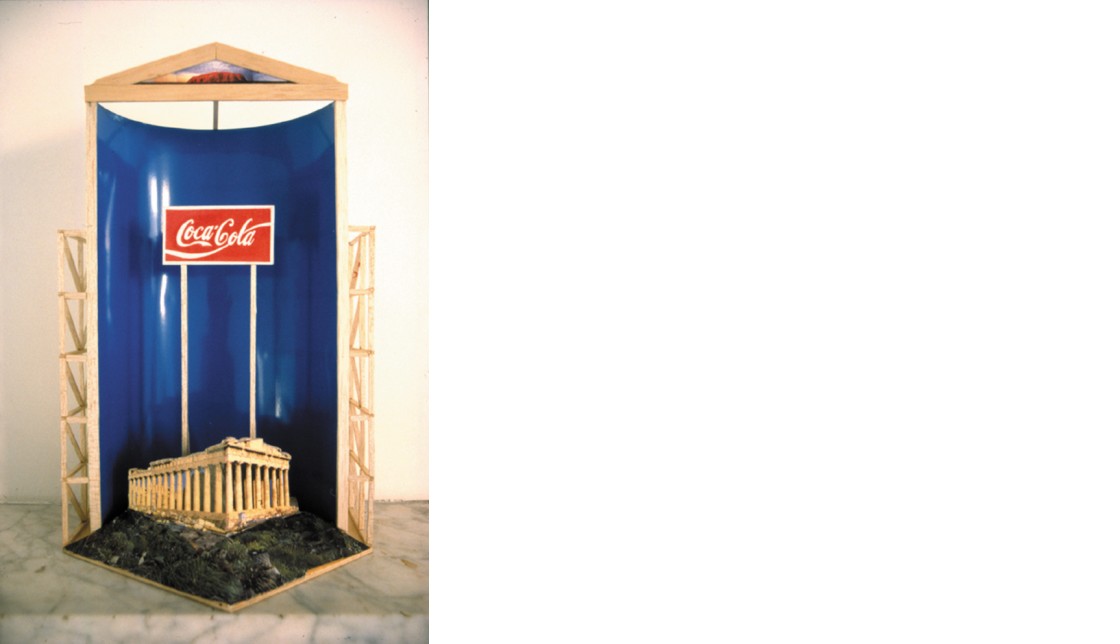
Installation'91', Linden Gallery, Melbourne, 1991.
Detail of evolution of the back room: Parthenon Model. Photograph artist.
